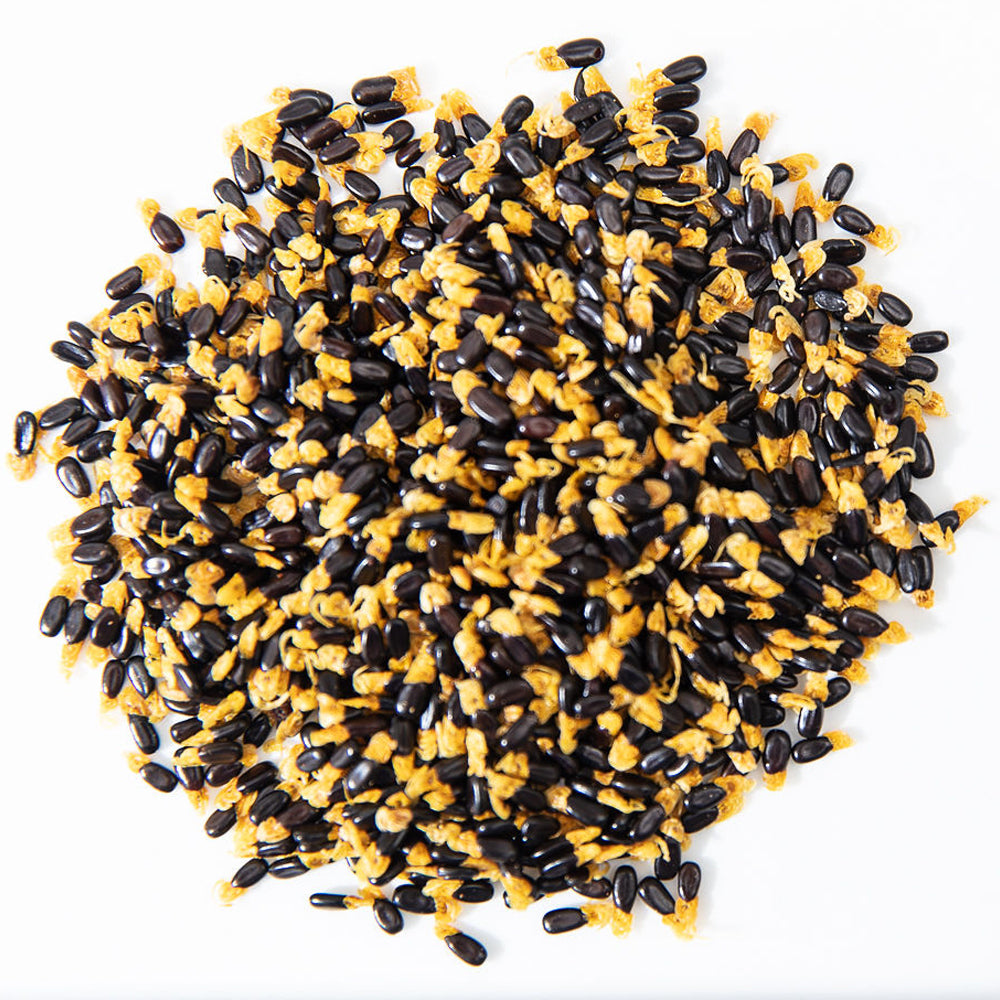
Australian Native Produce (Bush Tucker) is any food native to Australia. First Nations Australians used the environment around them for centuries and have an interdependent relationship with the land and lived off the native flora and fauna for many generations. They enjoyed a diet that was high in protein, fibre and nutrients while being low in sugars.


Bush tucker falls into five main groups - plants, animals, seeds & nuts, grubs & insects, and spices & nectars.

All Australian Native Products are classified as Gold Products and
100% of proceeds go to FIRST NATION AUSTRALIANS
HONEY ANT STORY
First Nations Australians people usually hunt for honey ants by looking for signs of their activity under trees or bushes that would indicate a nearby nest. Then they would carefully dig down through the ant holes until they unearthed the chambers that contained the honey ants.



Honey ants are overfed by other ants in the nest to the point where their abdomens swell with giant balls of honey up to one centimetre in diameter.
They then become living honey pots that hang from the ceiling of the nest so that the other ants may draw nourishment from them when food is scarce. They usually die after their stored honey is consumed as their bodies cannot retract to their normal size.
Honey ants build their nests in the soil beneath a tree or bush and camouflage the entrance with dead leaves. First Nations Australians people who collect honey ants from a nest only remove a small proportion of the population for bush tucker and then close up the nest, always aware of their conservation responsibilities and grateful for the gifts of the land.
A First Nations Australians art symbol for a honey ant is a simplified drawing of the insect itself, emphasizing its bloated abdomen filled with honey.
Honey ants build their nests in the soil beneath a tree or bush and camouflage the entrance with dead leaves. First Nations Australians people who collect honey ants from a nest only remove a small proportion of the population for bush tucker and then close up the nest, always aware of their conservation responsibilities and grateful for the gifts of the land. A First Nations Australians art symbol for a honey ant is a simplified drawing of the insect itself, emphasizing its bloated abdomen filled with honey.
LEMON MYRTLE
Boasting an intensely citrus fragrance and flavour, lemon myrtle has long been used in First Nations Australians cuisine and medicine. In the wild, you’ll find it in the subtropical rainforests of central and south-eastern Queensland.


Undoubtedly the most popular of Australia’s native herbs, Lemon Myrtle’s fresh tangy leaves may be used in teas, syrups, glazes, cakes, biscuits, dressings, sauces, ice creams, dips and meat dishes. Essential oil distilled from the leaves has a refreshing lemony scent and has been found to have antifungal and antibacterial properties. Lemon myrtle is featured in a range of products as a spice or in some of our beauty range.
You may be inspired to plant a tree at home and they can grow up to 3m tall and up to 8m in rainforest conditions, but don’t fear, they can be kept small in pots.
With its elegant branches of foliage and fragrant, creamy Autumn flowers, it’s perfect as an ornamental shade tree or large shrub for any roomy garden. The rainforest species prefers a warm, sunny, or shaded spot that’s sheltered from frost and cold winds. Grow in a well-drained soil but keep well-watered throughout the year. Leaves are oval, glossy green and 5-12cm in length.
Harvesting is simple. Just pluck fresh leaves as needed, removing no more than one-third of the plant at a time.
Source: Taste Australia
Quandong
Stewed, dried or raw the quandong is one of Australia's most versatile bush foods. The native fruit, a member of the sandalwood family, grows up to 4 metres high throughout arid and semi-arid areas of Australia. For this reason, it is ideal as a drought tolerant fruit tree.



The cream flowers are small & cup shaped, in clusters at the ends of the outer branchlets. Flowers form in late summer which become fruit ready for harvest in early spring. The shiny, bright scarlet fruit is about 2cm in diameter and contains one large nut or kernel, which is sometimes only marginally smaller than the fruit.
First Nations Australians used all parts of the quandong. The fruit is good for you and has twice the vitamin C of an orange.
The kernel is also very nutritious which First Nations Australians tended to use mainly for medicinal purposes, while the wood from the slow growing trees was prized for the making of traditional bowls – pitti or coolamons.
It is the taste that keeps people coming back for more with the sweet and tangy fruit is enjoyed raw and can be stewed and used as a pie filling.
Source: Taste Australia
Saltbush (Salt Substitute)
Saltbush is a familiar sight over large areas of the dry inland of Australia. It is a sprawling grey-blue shrub, up to 3 metres high and sometimes spreading to 5 metres wide. It is a long living plant, growing strongly after periods of summer rain, producing long tassels of flowering seed heads. In old times First Nations Australians mostly collected the Saltbush seeds to grind and roast for damper.



The large fresh or blanched Saltbush leaves can be used as a wrap-around meat or fish, in salads or as a leafy bed for grilled meat or vegetables. The dried Saltbush flakes are a wonderful addition to bread, grills, pasta and as a pot herb.
Source: Taste Australia
Pepper Berry (Pepper Substitute)
Pepper berries are more versatile than conventional peppercorn, able to be used in sweet and savoury dishes. The leaves, stems and berries have an aromatic peppery taste producing approximately. Three times the anti-oxidants of blueberries. Native birds, such as the Black Currawong, eat the berries.



Mountain pepper plants feature heavily in First Nations Australians traditional uses, both in cooking and medicinally. Mountain Pepper leaf and its berries are now being cultivated in plantations across the cooler parts of Australia.
Although native Pepper berry can be used in the same way as conventional pepper, it has an added herbal dimension, particularly towards the end of the palate.
The dark Pepper berries also infuse a rich plum colour to sauces. The mountain Pepper leaf has a more subtle, organic herbal flavour than the berry and is ideal where the intensity of the Pepper berry is too dominant.
Source: Taste Australia
Pepper leaf
Australian Native Pepper leaf can be used in the same way as conventional pepper. Pepper leaf has a milder heat and more organic herbal flavour, than the Pepper berry and is ideal where the intensity of the Pepper berry or Black Pepper is too dominant. Can be use with both sweet and savoury foods.

Wattle Seed
Wattle seed has to be the unsung hero of the Australian Native Food industry. The Acacias with their enormous diversity of species and forms cover the length and breadth of the Australian continent. Although not all Acacias are suitable for human consumption, they have been a mainstay in the diet of First Nations Australians for thousands of years.



The seeds of the Acacias have very hard husks, and when they fall to the ground, will last for up to 20 years in their natural environment, usually only germinating after bushfires. Because this hard-outer casing also protects the seed during long periods of dormancy on the ground, wattle seed has provided First Nations Australians with a rich source of protein and carbohydrate in times of drought. The seed was crushed into flour between flat grinding stones and cooked into cakes or damper. Even the green seeds of some species were eaten after baking in the hot coals.
Roasted ground wattle seed has a diverse number of uses in the kitchen, from baking to thickening of sauces and casseroles, to ice cream.
By dark-roasting wattle seed, the most delightful aroma of nutty fresh roasted coffee is released and can be used as a beverage or as an addition to chocolate or desserts.
Wattle seeds are very nutritious. Some types were also eaten green or cooked in the pod. Wattle seed contains potassium, calcium, iron and zinc in fairly high concentrations. With a low glycemic index, they are good for diabetics, providing a steady stream of sugars that do not produce sudden rises in blood glucose levels. Most vitamins are found except for C, B12 and riboflavin. they are high in fibre – over 30%.
Source: Taste Australia
BUSH TUCKER RECIPES




